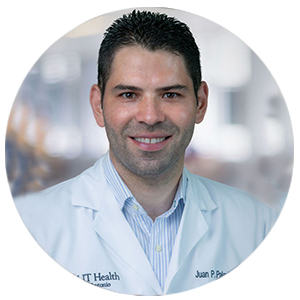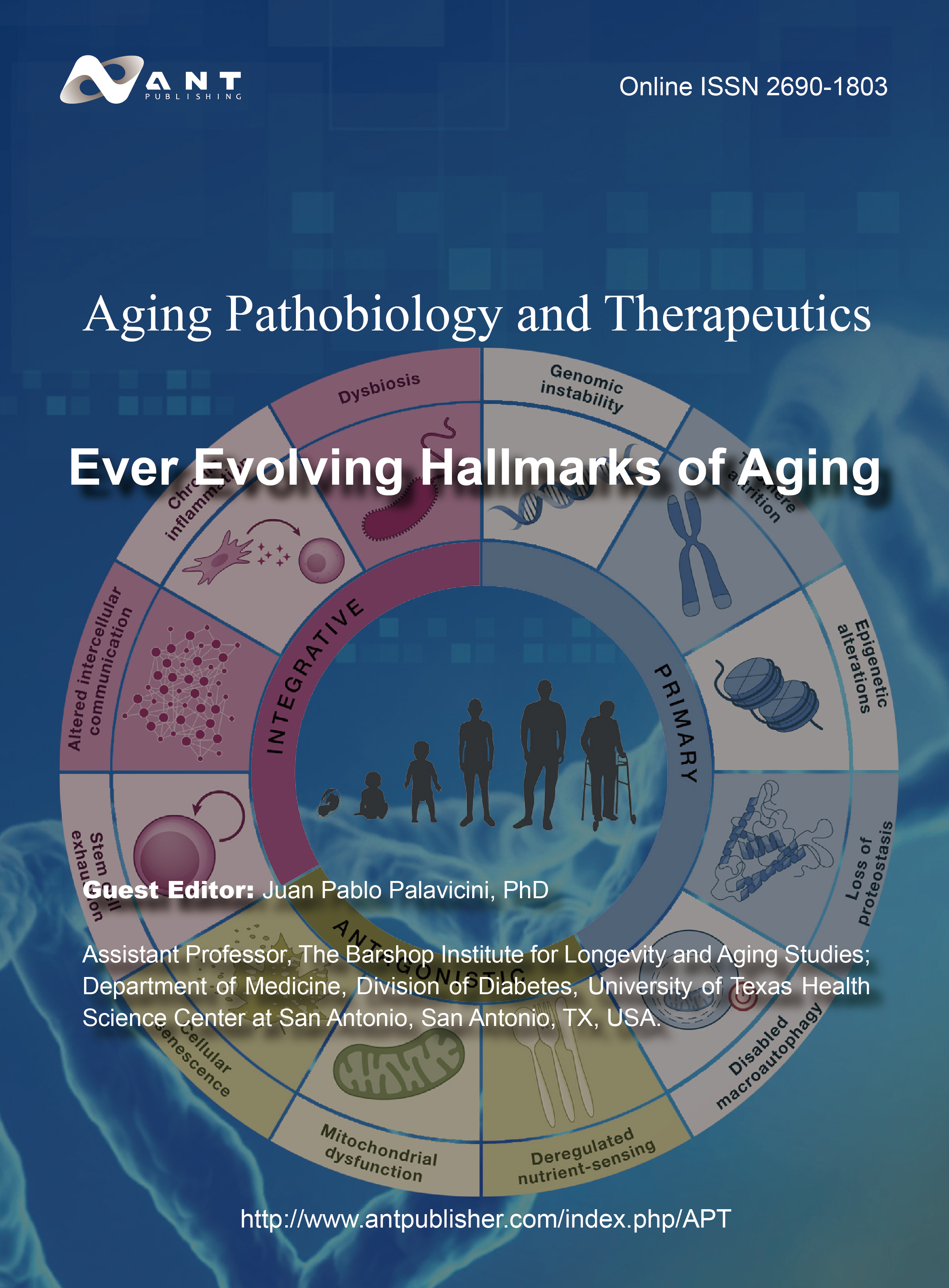Posted On 2023-08-28
 |
Guest Editor: Dr. Juan Pablo PalaviciniAssistant Professor, Department of Medicine, Division of Diabetes, University of Texas Health Science Center at San AntonioEmail: palavicinij@uthscsa.eduWebsite: https://barshopinstitute.uthscsa.edu/team-member/palavicini-jp/ |
 |
Introduction
Aging is characterized by a progressive loss of physiological integrity, leading to impaired function and increased vulnerability to death. Biological aging is the main driver of all major human chronic diseases, including cancer, diabetes, cardiovascular disorders, and neurodegenerative diseases. There have been several attempts to identify the causes of aging, with special emphasis on mammalian and human aging. Since 2013, a number of core “hallmarks” of the aging process have been described, including genomic instability, inflammation, mitochondrial dysfunction, loss of protein homeostasis (i.e. “proteostasis”) and (epi-)genomic alterations (Kennedy et al. 2014; Lopez-Otin et al. 2013).
In this special issue, we cordially invite experts from various fields of aging biology to discuss new advances in the characterization of aging markers (i.e. protein homeostasis, stem cell decline, genomic instability, chromatin changes) and highlight emerging topics of interest in the field of aging biology
This Special Issue will collect original Research Articles, Review Articles, Mini Reviews, Editorials, Letters to Editor, Commentaries, Therapeutic Briefs, Technology Features, Model Profiles, Geropathology Notes and Conference Abstracts describing, discussing, and/or elucidating any aspect related to the causes of aging.
Manuscript Submission Information
Manuscripts should be submitted online at www.antpublisher.com through the online submission system. Once you are registered, click here to go to the submission form. Manuscripts can be submitted until the deadline. All papers will be peer-reviewed. Accepted papers will be published continuously in the journal (as soon as accepted) and will be listed together on the special issue website. Research articles, Review articles as well as Therapeutic Brief are invited. For planned papers, a title and short abstract (about 100 words) can be sent to the Editorial Office for announcement on this website.
Submitted manuscripts should not have been published previously, nor be under consideration for publication elsewhere (except conference proceedings papers). All manuscripts are thoroughly refereed through a single-blind peer-review process. A guide for authors and other relevant information for submission of manuscripts is available on the Instructions for Authors page. APT is an international peer-reviewed open access quarterly journal published by ANT.
Please visit the Instructions for Authors page before submitting a manuscript. Considering limited grants for some researchers, Dr. Ha-Neui Kim and the editorial office made the decision that Article Processing Charges will be fully exempted, which means that there is NOT any manuscript processing or publication fees for your article once accepted after standard peer-review.
Submission Deadline
January 31st, 2026
Keywords
Hallmarks of aging, healthspan, autophagy, aging-related disease, biomarker, inflammation, oxidative stress
Participants
Contacts
Alan Zhou, Assistant Editor, apt_alanzhou@antpublisher.com
Updated on Aug 28, 2023
Table of Contents
Review
|
S. Michal Jazwinski, Sangkyu Kim, Jessica Fuselier
Received: Monday, December 23, 2024 Published: Monday, March 31, 2025
|
Research Article
|
Alina Vadimovna Chaplygina, Daria Yurievna Zhdanova
Received: Sunday, February 4, 2024 Published: Thursday, March 28, 2024
|